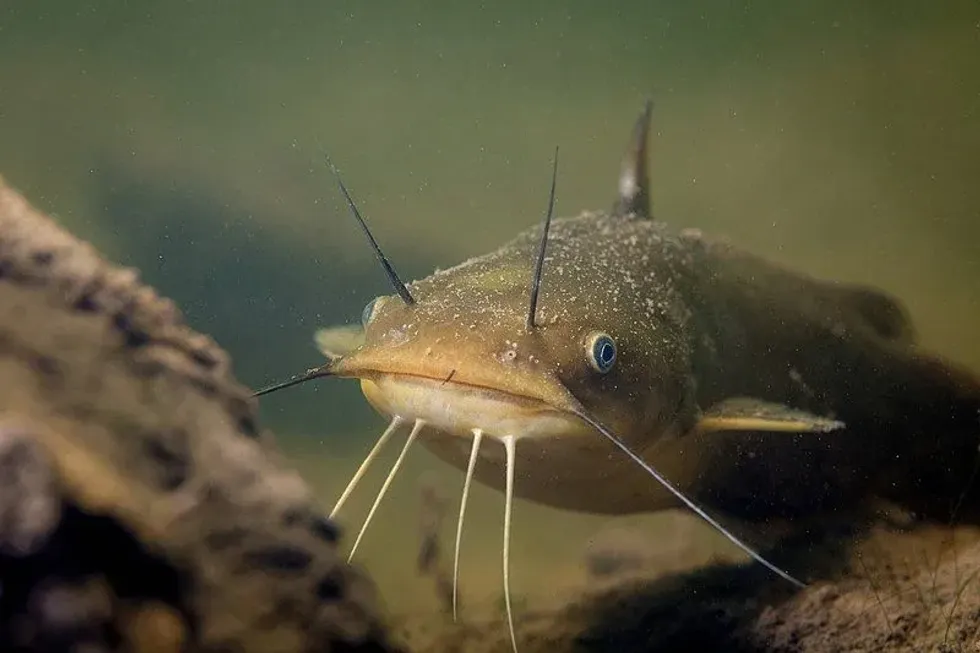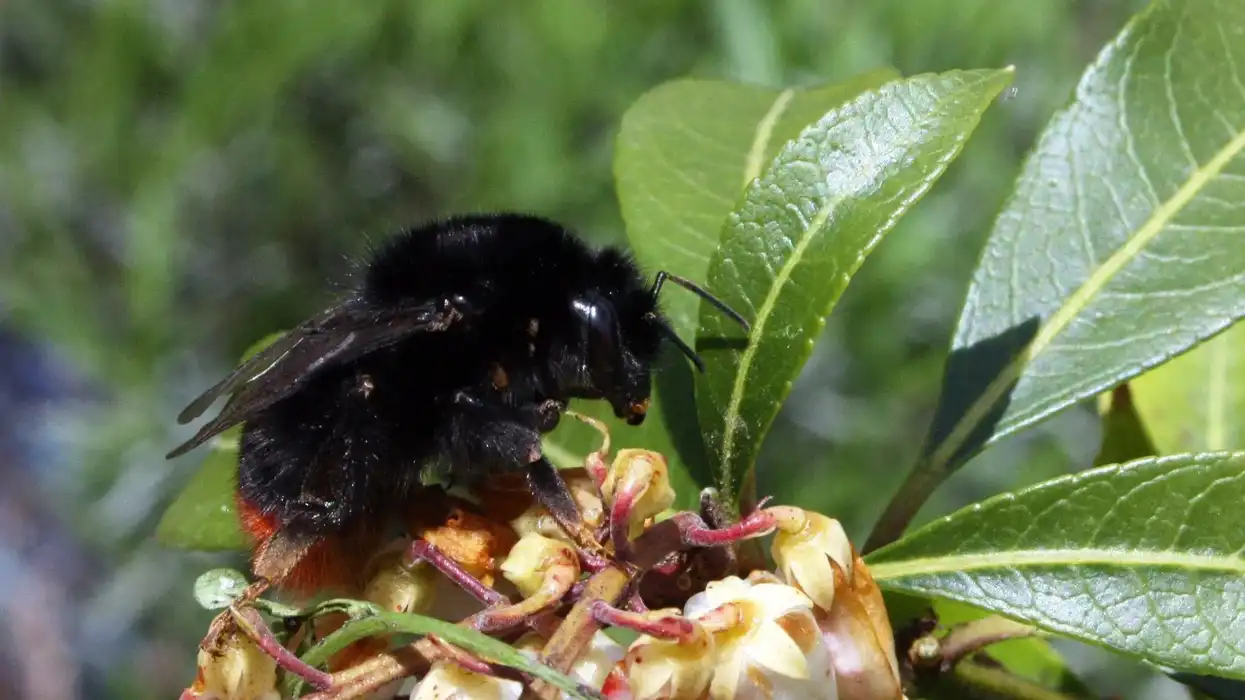The yellow bullhead is a very interesting fish to learn about. They are a member of the family of bullhead catfish.
They are devoid of scales, like most catfishes. Additionally, their bodies also have rays. Their geographic range includes the eastern part of the United States.
This means that they can be found in the water bodies of New York and the Great Lakes. Although they can mostly be found in slow-moving water, they are often seen in lakes and ponds.
In this article, you will read exciting facts about the yellow bullhead. You will learn about the yellow bullhead fish, which is actually a yellow bullhead catfish since it is a type of catfish.
You will also get to learn about the differences between the yellow bullhead and the brown bullhead, that is, facts on yellow bullhead vs. brown bullhead.
So what are you waiting for? Dive right into their world of facts.
For more similar content, check out the Mekong giant catfish and the black bullhead.
Yellow Bullhead Interesting Facts
What type of animal is a Yellow Bullhead?
The yellow bullhead (Ameiurus natalis) is a type of fish.
What class of animal does a Yellow Bullhead belong to?
The yellow bullhead (Ameiurus natalis) belongs to the class Actinopterygii. It is also known by the scientific name of Pimelodus natalis. Lesueur was the one who introduced this synonym.
How many Yellow Bullheads are there in the world?
Although the exact number of yellow bullheads in the world is not known, their population is not under any threat as of now. The yellow bullheads have a steady population across the world.
Where does a Yellow Bullhead live?
The yellow bullhead (Ameiurus natalis) can be found in water bodies with slow currents. Their geographic range includes the eastern part of the United States of America, where they can be seen in abundance. The yellow bullheads can be found westwards from the drainage of the Rio Grande and the Great Plains.
They are also native to Canada, ranging from its northern to southeastern parts. These are the only native ranges of the yellow bullheads. They have been introduced manually in other parts of the world.
What is a Yellow Bullhead habitat?
Yellow bullheads are freshwater fish. They can be found in rivers, streams, brooks, and more, but all of these should be slow-moving.
These fish can also be found near the surface of ponds, streams, lakes, or even in the shallow ends of big bays. Backwaters are preferred by the yellow bullhead. Although these bullheads can be found mostly in slow-moving water bodies, their habitat can also be in swift-flowing waters, which are less polluted and richer in oxygen.
Yellow bullheads generally live near the bottom of the water body. Hence, they can be found near mud, rocks, sand, muck, and clay residing at the bottom of the water.
Who do Yellow Bullheads live with?
The yellow bullhead is known to be a solitary animal. These fish can be seen resting in their spots in the rivers and lakes where they are found.
How long does a Yellow Bullhead live?
The average lifespan of yellow bullhead is between four and seven years in the wild.
How do they reproduce?
The breeding season for yellow bullheads begins in April and continues until June. The male yellow bullhead attracts the female yellow bullhead by building a nest. The nest is built on the bank of the streams.
This nest may be shallow or deep. Both the male and the female bullheads prefer a nest that is well guarded by rocks and plants.
During the breeding season, the aquatic temperature ranges from 73.4-77 F (23-25 C).. This aquatic temperature is ideal for the female bullhead to lay eggs. She lays around 300-700 eggs in one clutch.
The female yellow bullhead spawns multiple times. As a result, the overall count of eggs can reach 1700-4300.
The eggs are guarded by either one of the parent bullheads. After the eggs are hatched, the male yellow bullhead protects them by gathering them into a ball-like herd. This is practiced until the babies grow to 2 in (5 cm).
What is their conservation status?
The International Union for Conservation of Nature or the (IUCN) Red List has listed this species of bullhead under the status of Least Concern. This means that the population of this species of the bullhead is steady at present and that there is no threat to the population as of now.
Yellow Bullhead Fun Facts
What do Yellow Bullheads look like?

The yellow bullhead has a striking resemblance to brown bullheads. They have chin barbels which are light yellow in color. Their anal fin is adorned with 23-27 rays. Apart from their anal fin, which has rays, they also have a caudal fin and tail fin.
This tail fin is rounded in shape. However, their tail is square-shaped. The most interesting feature about their appearance is that this fish lacks scales. The outer surface of their body is covered with leathery skin.
How cute are they?
Yellow bullheads are not cute at all. On the contrary, this species of bullhead can be quite ugly to look at. As the name suggests, their head resembles that of a bull. Their big, flat mouths and whisker-like chin barbels might make them very unappealing.
How do they communicate?
One major mode of communication for this species of Bullheads is through smell. They can recognize other bullheads of their own species and also their own status within the species, with the help of odor.
This is enabled by their nose. On the other hand, the yellow bullheads can track their food with their chin barbels paired with taste buds that are dermal.
Interestingly, apart from the mouth, taste buds are located all over the body of these fishes. They also communicate through the sense of touch.
Their chin barbels help in this process. As a result, it can be said that their barbels double not only as a tongue but also as their hand.
It is so because the barbels have a total of 200,000 taste buds spread across eight of them. They can also feel the sense of touch on the rest of the outer surface of their body.
How big is a Yellow Bullhead?
This species can measure as much as 6-14 in (15.2-35.6 cm) in length. It is about the same size as an average piranha.
How fast can a Yellow Bullhead swim?
The exact swim speed of these fish is not known. They are, however, known to be moderate swimmers.
How much does a Yellow Bullhead weigh?
The yellow bullhead can grow up to 7.1 lb (3.2 kg) in weight.
What are their male and female names of the species?
There are no separate names for the two sexes of this fish. They are simply called the male yellow bullhead and the female yellow bullhead.
What would you call a baby Yellow Bullhead?
A baby yellow bullhead is called a fry.
What do they eat?
Yellow bullheads feed at night. They feed on snails, minnows, clams, crayfish, and crustaceans like shrimps. They also eat larvae of other fish and even aquatic insects.
These fishes are omnivorous scavengers. Thus, they eat plants and organic matter, which is decaying. Interestingly, these yellow bullheads consume much more plants than the other two species termed black and brown bullheads.
Are they aggressive?
No, this fish is not exactly aggressive. However, they are capable of defending themselves against other fish.
Would they make a good pet?
Usually, bullheads are not kept as pets, but this does not mean that they cannot be one. In fact, they are very easy to look after, which can make them good pets.
Did you know...
The yellow bullhead can fall prey to fish that is bigger than themselves. Such fish include bluegill, largemouth bass, other catfish, and black crappie. They can also be fed on by turtles and big birds. On the other hand, juvenile yellow bullheads can be preyed on by crayfish and the larvae of dragonflies.
Positives And Negatives Of The Yellow Bullhead
The positives of yellow bullheads are that they are used for their tasty meat. They can also be introduced into polluted water since they do not face any issues with living in such conditions.
The cons of the yellow bullhead are that they can bring about turbidity in water. They are also notorious for their sting from their pectoral spines.
Catching and Eating Yellow Bullheads
Like most other fish, the yellow bullhead can be caught by fishing, where bait is attached to the hook of the fishing pole and dropped into the water. Cooking yellow bullhead is also very easy, they can be cooked up whole or even fried as a whole. Their meat is said to be very tasty and flavorful.
Here at Kidadl, we have carefully created lots of interesting family-friendly animal facts for everyone to discover! Learn more about some other fish including cory catfish and blue catfish.
You can even occupy yourself at home by drawing one of our catfish coloring pages.










